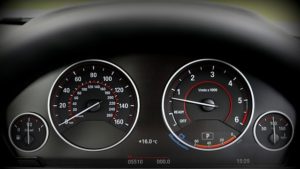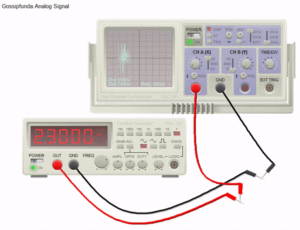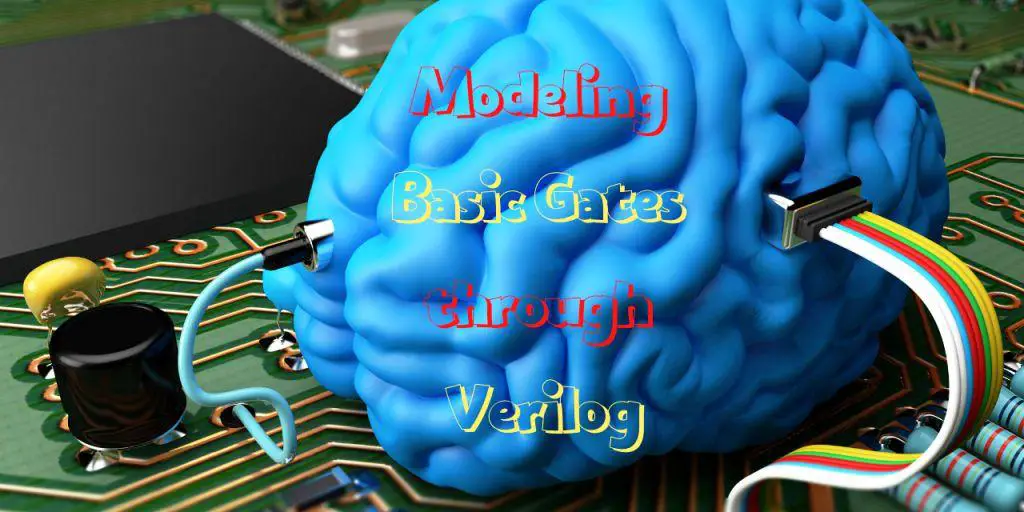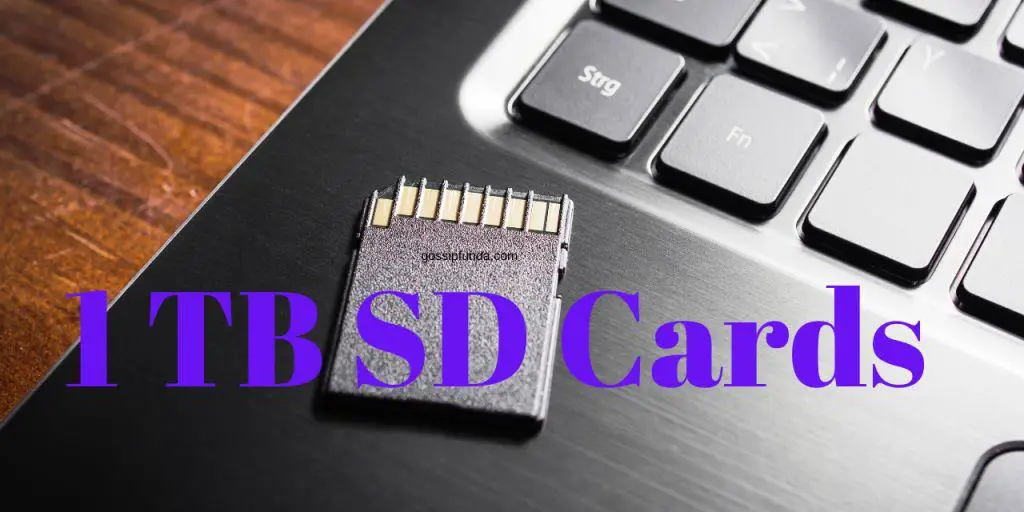It Is not very tough to understand analog circuit design. Some reference books and sites make it very tough to understand. Here I am trying to make it easy for you only. One thing to remember is that read this article from starting to end and at last you will surely have a great idea about analog. See also: digital circuit design
Analog electronics
Analog physics (In US English: analog electronics) are electronic systems with a continuously variable signal, in contrast to digital physics wherever signals merely at 2-levels 0 or 1. The term “analog” describes the proportional correlation between a signal and a voltage or current that represents the signal. The word analog comes from the Greek word ανάλογος (analogous) that means “proportional”.(ref. Wikipedia)
Simple Definition Of analog Signal:
The Signal is continually changing his behavior with respect to time.
The best example is our voice.
Advance example of analog Signal: Think when we are talking to someone by Mobile phone we use both the techniques of analog and digital. Feel it one by one. When you are speaking then your analog voice is captured by the transducer mic condenser. Which takes the signal to other components and circuits and now inside your mobile it is going to convert into the digital signal. This digital signal is transmitted by many mediums and reaches your friend and is converted into analog. The mouth and earpiece of your mobile always give an analog signal.

Analog device
The analog device is mainly a combination of both analog machine and analog media conjointly measure, record, reproduce, or broadcast continuous information. For example in electronic engineering, the almost infinite number of grades of transparency, voltage, resistance, rotation, or pressure. The theory says the continuous information or data (consider analog signal) has an infinite number of achievable values with the only limitation on the resolution being the precision of the analog device.
Bouncer??
Do not worry, in simple and easy language Analog devices may be electrical and electronic, or mechanical.
Analog signals beyond electronics
An analog signal uses some attribute of the medium to convey the signal’s data.
Take this example, a barometer uses the angular position of a needle as the signal to convey the information of changes in atmospheric pressure. A speedometer will be the best example for you to understand the analog signal. This device always tunes your bike or car speed. Bargraph to draw analog signal.

On the other hand, Electrical signals might represent data by ever-changing their voltage, current, frequency, or total charge. Information is converted from some other physical form (such as sound, light, temperature, pressure, position) to an electrical signal by a transducer which converts one type of energy into another (e.g. a microphone).
Analog design
The signals take any worth from a given vary, and each unique signal value represents different information. Any amendment within the signal is important, and each level of the signal represents a different level of the phenomenon that it represents.
For example, suppose the signal is being used to represent temperature, with 5 volts representing 2 degrees Celsius. In such a system, 15 volts would represent 6 degrees, and 220 volts would represent 44 degrees Celsius.
Here you have got the idea about why we say an analog signal is proportional. In the above example, Voltage is proportional to Temperature.
Another technique of convincing nursing analogue signals is to use modulation. In this, some base carrier signal has one amongst its properties change: Amplitude Modulation (AM) involves sterilization the amplitude of a curved voltage undulation by the supply data, frequency modulation (FM) changes the frequency. Other techniques, like modulation or ever-changing the section of the carrier signal, also are used.
In simple words, if you need to end your voice from one distance to another then there will be many methods to perform this task. One is not outdated i.e. shouting on mic via loudspeaker as the musician does. However, you cannot send your voice for long-distance. For this you need modulation.
modulation is the technique through which a signal changes its behavior according to the carrier. Through this, you are able to send your voice everywhere.
Analog design engineer
Now consider an analogue audio recording, the variation in pressure of a sound hanging an electro-acoustic transducer creates a corresponding variation within the current passing through it or voltage across it. An increase within the volume of the sound causes the fluctuation of this or voltage to extend proportionately while keeping an identical waveform or shape. The job of the analog design engineer is to handle all these. He designs the basic analog circuits.
Mechanical, pneumatic, hydraulic, and alternative systems may additionally also create analog signals designed by the analog design engineer.

Analogue circuits
Analog circuits are entirely passive, consisting of RLC (resistors, capacitors, and inductors). Active circuits also contain active elements like transistors. Many passive analog circuits are engineered from lumped parts. That is discrete components. However, an alternate is distributed element circuits designed for transmission.
What does analog mean in electronics?
Before going to the tough line you must keep in mind that the electronic devices that produce an analog signal from analog input are said to be pure analog electronics. Now you have a very broad idea about analogs signal.
Most of the fundamental electronic components – resistor, capacitor, inductor, diode, transistor, and Op-amp (operational amplifier) – are all basically analog. Circuits designed with a combination of exclusively these components are usually analog circuits. An analog circuit is a circuit with a continuous, variable signal (that is, an analog signal), as incompatible with a digital circuit where a signal must be one of two discrete levels.
Cover: fundamentals of electric circuits
Analog circuits inside electrical instrumentality will convey data through changes within the current, voltage, or frequency. Most physics these days use digital circuits as a result of they’re easier to style and fewer at risk of noise, among alternative edges.
However, a tool that interfaces with the atmosphere needs a minimum of some analog element to require during this data before changing the signal to digital (using what’s famed as an ADC analog-to-digital converter).
See also: Digital circuit design
Conclusion
Now you have a brief idea about the analog circuit design. You are able to understand that a continuous signal can say to be an analog signal and the analog design are the circuits dealing with such signal also the role of the analog design engineer is to design these type of circuit for relevant use.
Awill Guru is a technology enthusiast with degrees in VLSI Engineering (B.Tech, M.Tech) and Android Development. Their passion for education drives them to teach and share knowledge through their blog. He also hold qualifications in Sociology (M.A.) and Education (B.Ed), along with NIELIT O and A Level certifications.


